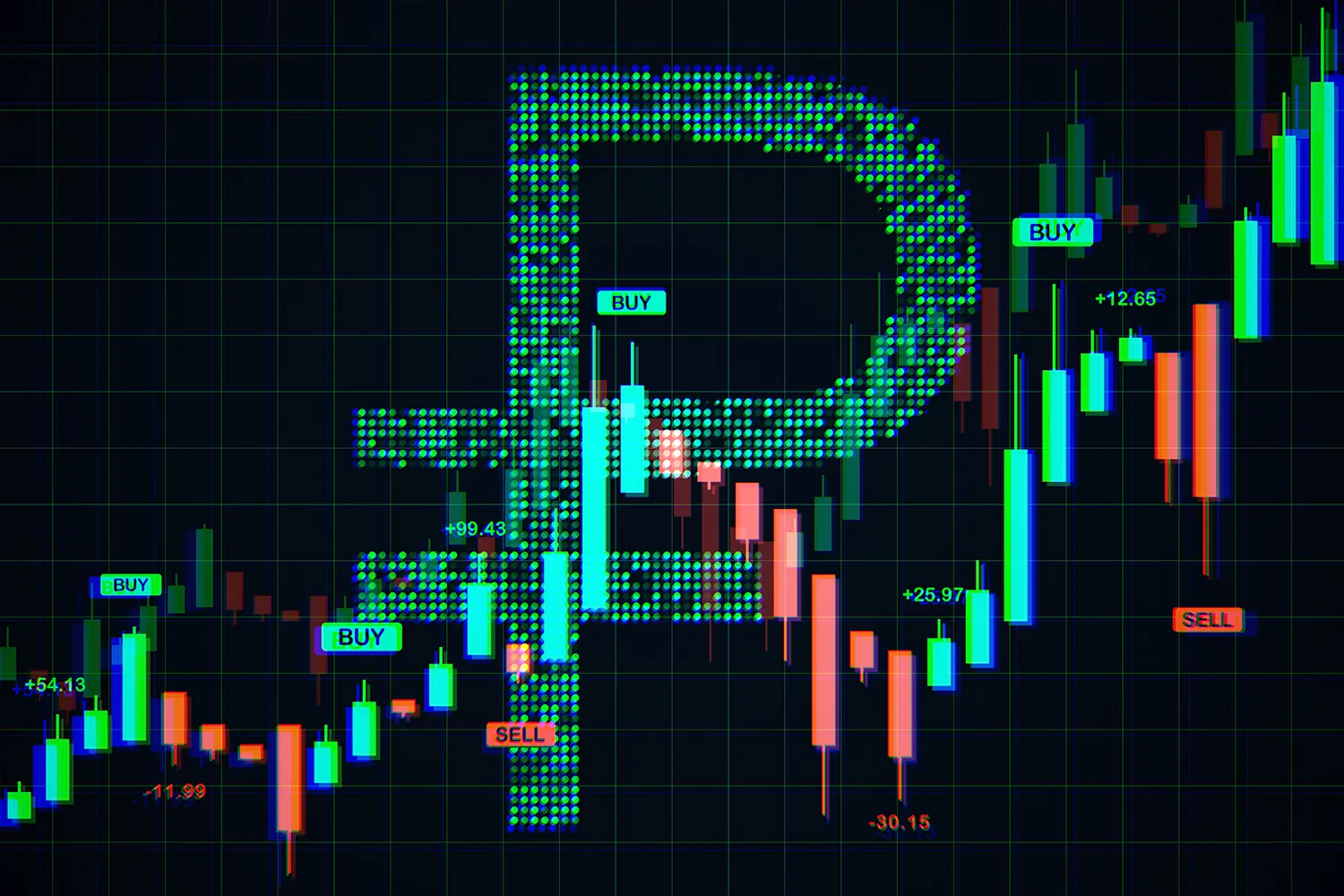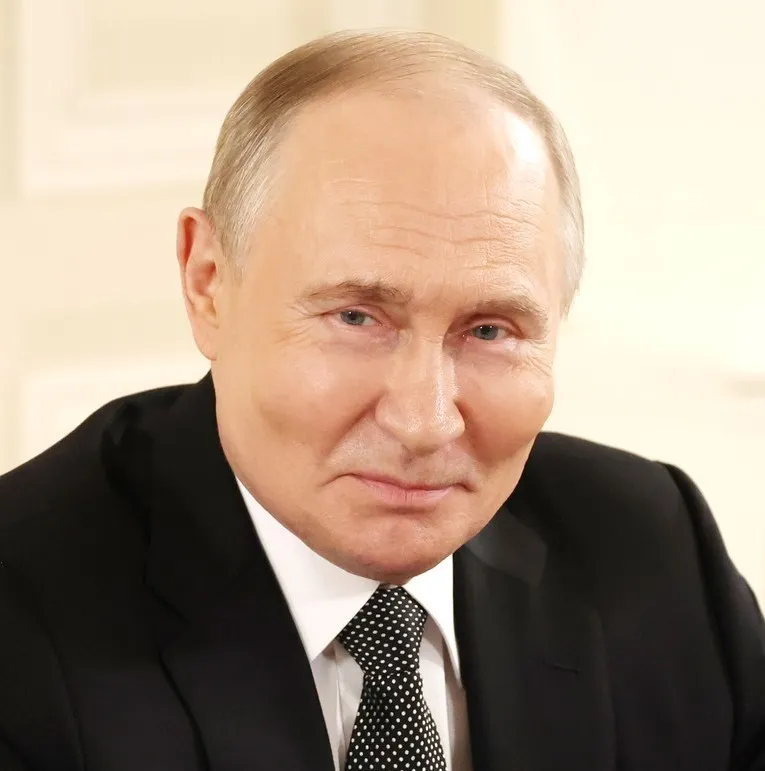Digital Ruble: Transition Under Presidential Oversight

Russia is steadily introducing its third form of national currency — the digital ruble. The law mandating its phased rollout in federal budget transactions came into force on August 10. According to recent developments, its implementation will be tightly monitored.
Transparency. Speed. Reliability.
Last week, Russian President Vladimir Putin instructed the Government and the Central Bank to present a report by October 15 on the implementation of the digital ruble. The report should cover its use by individuals, businesses, and in the budgetary process.
The digital ruble is not a cryptocurrency but rather a new form of the national currency. It exists in a secure digital wallet, accessible via banking applications, while issuance and transactions are managed solely by the Central Bank of Russia.

Like cash, the digital ruble is fully backed by the state, but it far surpasses traditional money in terms of transaction speed. This advantage is especially significant in government contracts — for example, supplying food to a kindergarten or constructing a federal highway. Crucially, the transparency of the system makes corruption schemes impossible, since every transaction is visible and traceable.
Sovereignty and New Partnerships
Social payments may soon be transferred into digital format, helping accelerate the adoption of digital technology among the population. For businesses, the digital ruble brings new opportunities: instant settlements, reduced reliance on third-party payment systems, and integration into digital ecosystems.
For the state, speed and efficiency are vital, but the primary concern is technological sovereignty. As Western payment systems face the risk of disconnection and international transfers may be blocked, the digital ruble serves as a financial shield.
Moreover, it allows Russia to offer its BRICS and EAEU partners an alternative to the traditional system of settlements. The digital ruble could emerge as the currency of a new economic space where decisions are made not in Washington or Brussels, but in Moscow, Delhi, and Beijing.

From Experiment to System
Five years ago, the digital ruble seemed like science fiction. By 2023, however, Russia had already launched pilot programs, with citizens and companies testing digital payments in selected regions.
The Central Bank partnered with dozens of commercial banks and tech platforms, developing security protocols and protecting the system against hacking. In 2024, legislation was adopted to regulate the digital currency’s status, while pilot projects expanded to major state-owned enterprises and federal agencies.
This year, a corresponding law was passed, and a dedicated account for the digital ruble was opened at the Federal Treasury.

Impact on the Economy
With large-scale implementation on the horizon, the digital ruble still raises important questions. That is why the rollout will be gradual. By the end of 2025, the currency will be integrated into federal-level budget settlements. From September 1 next year, the largest banks and retail chains will begin accepting digital ruble payments. Smaller market participants will join in the following year, and universal adoption is planned by 2028.
According to a recent analysis by the National Rating Agency (NRA), the economic effect could reach 200–260 billion rubles ($2.2–2.9 billion) annually by 2029–2031, with potential benefits for the banking sector amounting to 40–50 billion rubles ($445–555 million).
These figures underscore the significance of the project. Unsurprisingly, President Putin’s directive includes milestones for the transition to widespread use of the digital ruble. The Government and Central Bank are expected to report by October 15, and every six months thereafter. Prime Minister Mikhail Mishustin and Central Bank Chair Elvira Nabiullina have been designated as responsible for oversight.










































